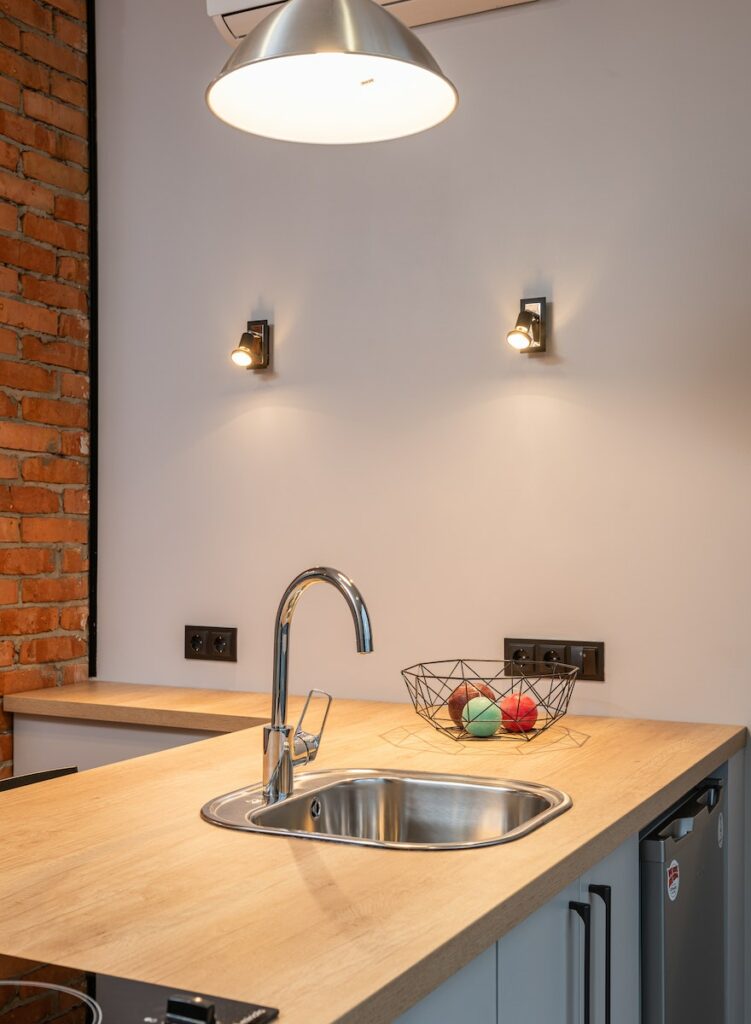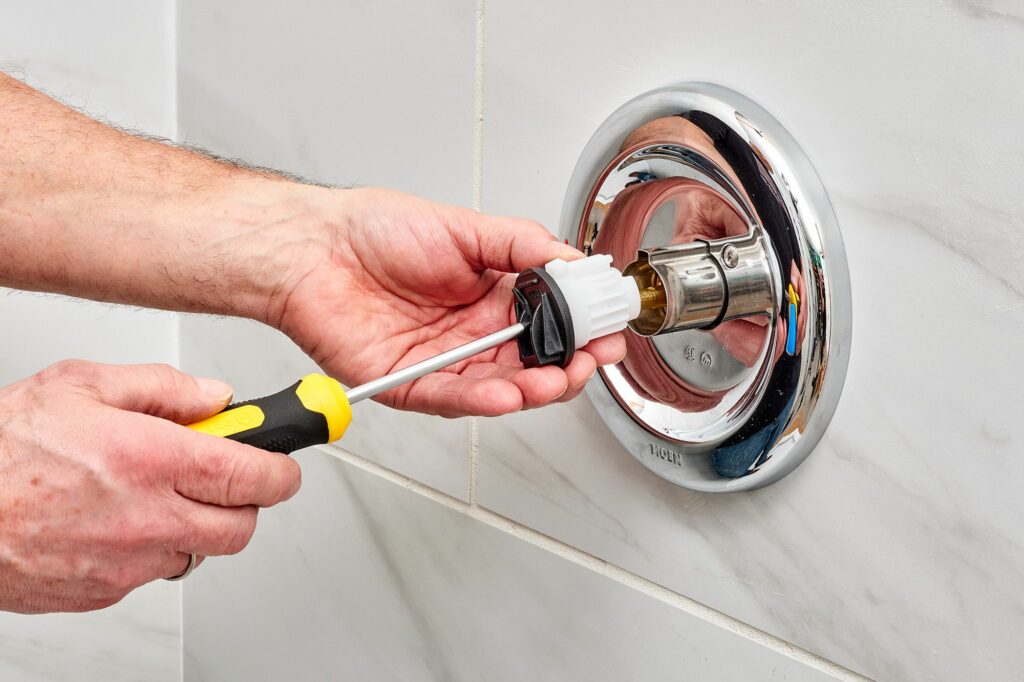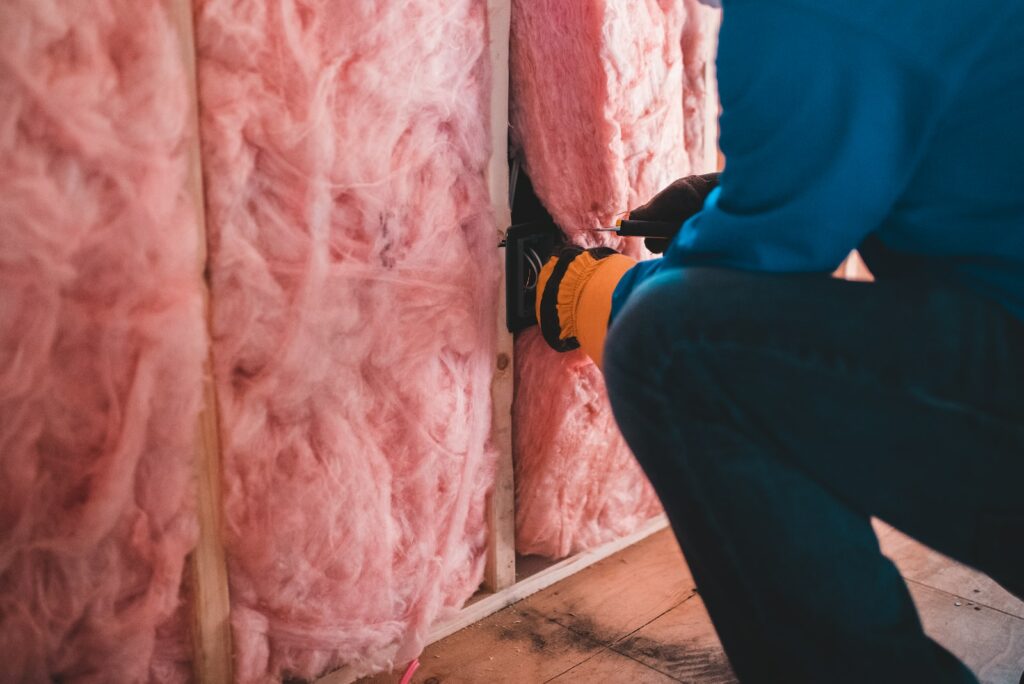How to Install a New Kitchen Sink: A Step-by-Step Guide
Replacing a kitchen sink can be a daunting task for the average homeowner, but with the right steps and knowledge it can be a fairly straightforward job. Doing so will not only give your kitchen an improved and updated look, but it is also a great way to ensure that your sink is working properly and your kitchen is safe and free of any potential inspection issues. This guide will provide you with a step-by-step guide to installing a kitchen sink and will explain the importance of each step.
Preparation
The first step before beginning the installation is to prepare the area in which you will be installing the sink. This includes clearing away any countertop clutter and appliances, and also removing any existing cabinets or drawers. Once the area is clear, you can use a level to make sure the countertop is level. This is an important step as it ensures an even installation and ensures that the sink does not leak or become damaged from uneven surfaces.
Once the countertop is level, you will want to measure the sink cutout dimensions. Make sure the measurements are accurate, as this will ensure the proper installation of the sink. After measuring, take the measurements to the store to pick out the new sink. Make sure you double check the measurements of the new sink to ensure that it is the right size for the cut-out that you have prepared.
Installation
Once you have purchased and measured the new sink, the next step is to install it. To begin, locate the sink gaskets and the sink clips. The sink gaskets will be placed between the sink and the countertop and the sink clips will hold the sink in place. Make sure both pieces are in good condition and are the correct size for the sink.
Once the gaskets and clips are in place, you can begin to install the sink. Place the sink over the countertop and secure the clips to the underside of the countertop. Make sure the clips are evenly spaced and secure to ensure a proper installation. Once the clips are in place, use sealant around the sink gasket to ensure a watertight seal.
After the sealant has been applied, attach the drain and the faucets to the sink. Make sure the faucets are tightened correctly and the drain is secure. Once the faucets and drain are in place, you can connect the water supply lines. Make sure the lines are connected securely and sealed with plumber’s tape.
Finishing Touches
Once the water supply lines are connected, you can finish up the installation by adding the final touches. Begin by applying a bead of silicone sealant around the edges of the sink to further seal any potential leaks. Once the sealant is dry, you can install the sink strainer, drain assembly, and the faucet aerator.
After all the pieces are installed, you can turn the water back on to test for any leaks. If there are any, tighten the connections and reapply the sealant. Once everything is secure and tight, you can turn on the faucet to make sure the water is flowing correctly.
Time and Expenses Required
On average, installing a new kitchen sink should take approximately 2-3 hours depending on the size and complexity of the job. Expenses will vary depending on the type of sink you purchase and the materials you require for installation.
Precautions
When performing any installation, always take the necessary precautions to ensure your safety. Wearing protective eyewear is always a good idea and make sure you have appropriate safety equipment available in case of any accidents. Additionally, make sure to follow all instructions when it comes to water and electrical connections.
Conclusion
Installing a new kitchen sink is a great way to give your kitchen a facelift, increase its value, and make sure it is up to any potential inspection requirements. With the right tools, knowledge, and steps, anyone can perform a kitchen sink installation. By following this guide, you will be able to easily install a new sink and give your kitchen an updated look.





















